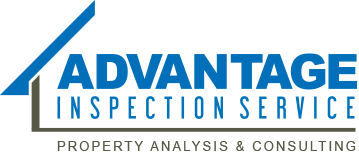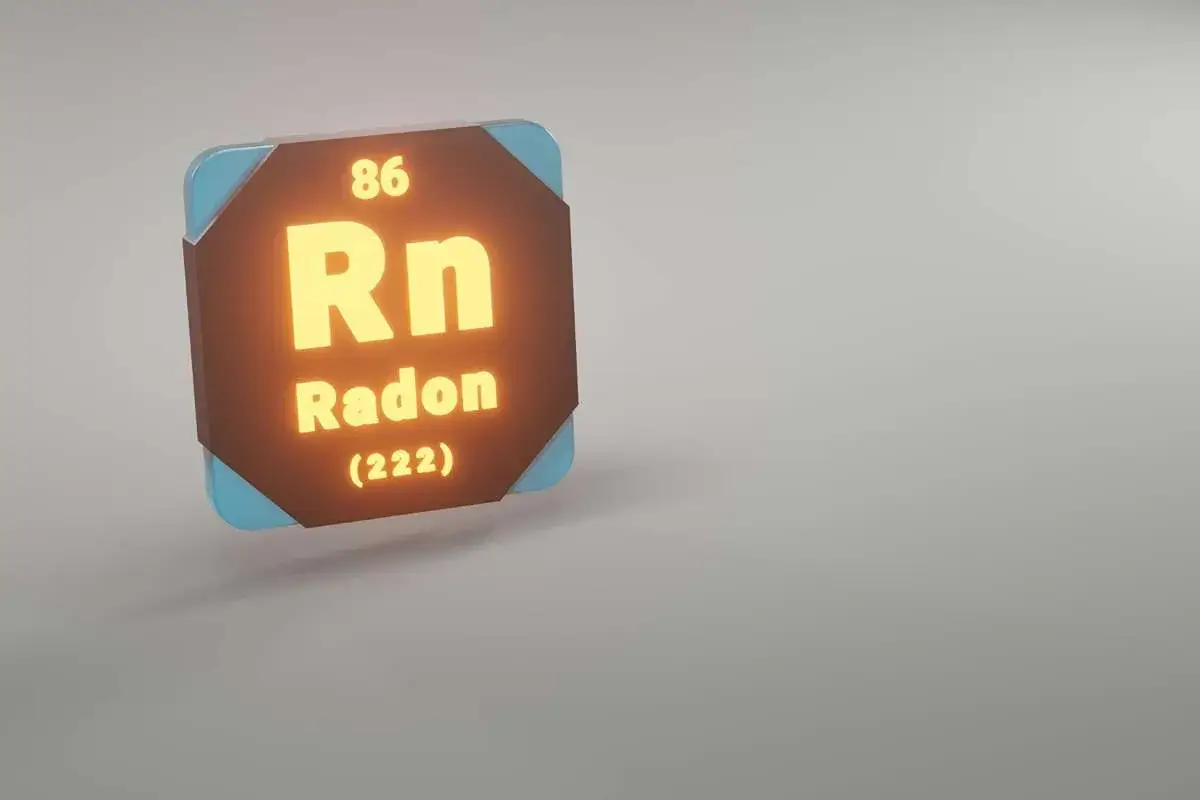When people think about home safety, they often picture locks on doors or smoke detectors…

Major Red Flags To Look Out for During A Home Inspection
Before making a final decision, you must inspect the property thoroughly as a homebuyer. While during a home inspection in Phoenix, AZ, you should always look for red flags indicating potential issues. These red flags can vary from safety hazards to structural problems and can have a major impact on the property’s overall condition. In the blog below, we will highlight some of the common red flags you shall look out for during a home inspection.
Structural Issues
Looking out for structural issues is an integral part of a home inspection process as it helps avoid potential and costly repairs down the line. Once you proactively identify and address these issues before buying a house, you will likely ensure a safe living environment and a sound investment. The common indications for structural issues are uneven surfaces, sagging floors, and cracks. If you ignore such red flags, there is a high certainty that these can result in property value and safety hazards. Do not overlook structural concerns, as they are an essential factor that helps you make the right decision about a house purchase.
Faulty HVAC Systems
For various reasons, faulty HVAC systems are one of the major red flags during a home inspection. Such factors may result in the homebuyer experiencing significant discomfort, expense, and difficulty. Home inspectors must always be proactive in bringing these issues to their clients’ attention during a home inspection and consider how it can affect their ownership experience.
The HVAC system’s age is one of the warning signs. Older systems are more susceptible to malfunctions and breakdowns, leading to expensive repairs and downtime. Prospective homebuyers must determine the age of the system and the likelihood of repairs or replacements.
A faulty HVAC system will also produce insufficient cooling or heating. This may lead to irregular or unequal temperature management, making it challenging to maintain a comfortable living space. Strange HVAC system sounds or smells indicate potential issues that need to be fixed.
Water Damage And Leaks
The best Phoenix home inspectors are aware of the importance of adequately inspecting for indications of water damage, such as discoloration, warping, and symptoms of mold development. It’s crucial to look for any signs of water damage or leaks during a house inspection because they are significant warning signs. Water damage can result in expensive repairs and mold growth, which is bad for your health. Leaks can degrade the home’s foundation and affect its structural integrity.

Faulty Electrical Wiring And Outdated Electrical Systems
Faulty electrical wiring and outdated electrical systems are issues that can act as serious safety hazards that can lead to electrical shocks, fires, and many other dangerous consequences. Once you hire the best home inspector, they will look for updated electrical systems and properly installed wiring. Home inspectors will look for overloaded circuits, outdated electrical panels, and frayed wires. You shall always take note of these warning signs to ensure purchasing a property without such hazards.
Poor Ventilation And Insulation
If you are buying a house with poor ventilation and insulation, get ready for various problems, such as health hazards and decreased energy efficiency. It’s important to keep an eye out for signs of these problems and evaluate how they might affect the property during a home inspection. Poor insulation can result in expensive energy costs, while poor ventilation can promote the spread of mold. Arizona-certified home inspectors know the importance of inspecting the attics, crawl spaces, and other parts of the house for sufficient insulation and ventilation.
By paying attention to these warning signs, you may safeguard against buying a house with underlying ventilation and insulation issues and guarantee a secure, cozy, and energy-efficient living environment.
Faulty Appliances
Faulty appliances are one factor you should be aware of, especially if you are flipping a home. The age of the appliances is one of the warning signs. Older appliances are more likely to malfunction and break down, which may necessitate expensive repairs or replacements. The age of the appliances must be evaluated by home inspectors, along with the fact about how often repairs or replacements are needed.
Inconsistent or subpar performance is one of the most critical warning indicators of faulty appliances. For instance, if a refrigerator is not cooling properly, this may suggest a problem or fault that has to be fixed or replaced. Similarly, if a stove or oven is not heating evenly, there can be an issue with the heating elements in the equipment.
A crucial aspect to consider during a home inspection is a lack of appropriate maintenance. Appliances are more likely to malfunction and break down if they don’t receive routine servicing. Increased maintenance expenses and downtime may result from this, which could impact the home’s value.

Mold
While if you are wondering about how you can decide whether the mold in your house is harmful or not then you must cater to the extent of the problem and the cause of mold. At times negligence is the valid reason for the mold so that it can be cleaned up sometimes, but other times it can end up as a significant red flag. However, in cases where mold occurs because of accumulating moisture or lack of ventilation, the mold will reappear even after cleaning, so you will have to fix the cause to stop the mold.
While for this reason, you might need to redo the entire roof, bathroom, or attic or replace windows to stop a leak or ventilate. Below are some mold-related home inspection red flags that you should watch out for to detect problematic mold issues:
- Bathrooms without fans or windows
- Large areas of patchy paint
- Large patches of black mold anywhere in the house
- A noticeable mold odor
Roof
Once you are looking for your permanent home, you shall consider the roof a significant consideration as it might also end up as a red flag. Since a good roof is crucial, an older house with a new roof may be more valuable than a newer one with a subpar roof. Leaky roofs can result in additional issues like mold, rot, and water damage in addition to the price of replacement or repairs. While if you are confused about whether your roof needs replacement or not, you shall look for the indications below to have a clear idea:
- Dark spots or patchy paint on the ceiling
- Previous roof repairs
- Dark streaks on the roof
- Roof was replaced more than 20 years ago
- Excessive moss or plant growth
- Missing, curling, or cracked shingles
- Roof replacement was never recorded
If you are still unsure of the house you intend to buy, book your appointments now with Advantage Inspections and have a clear image of your house. Our professional home inspectors, with their professional services, are always here to make you meet your comfort level before you start a new journey in your new house.



